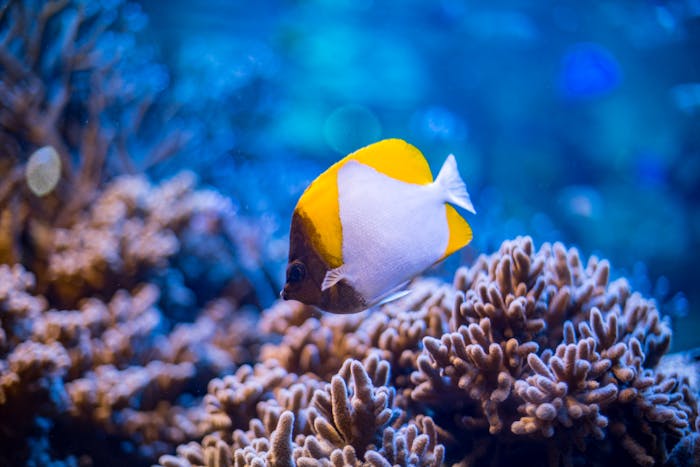Bay of Plenty
Disclaimer: The content has been put together as an example of a story populated by users.
Life in the village remains relatively unchanged in the year leading up to the turn of the 20th century. Advancements in fishing technology have made slow ingresses to the villagers, but fish are harvested mostly as they have been for hundreds of years by single fisherman on small self-propelled vessels. We supplement our income occasionally by diving for pearls in the reef, but most of our immediate needs are taken care of through the bouty of fish which call the coral reef home.

 13 Climate Action
13 Climate Action
 14 Life Below Water
14 Life Below Water